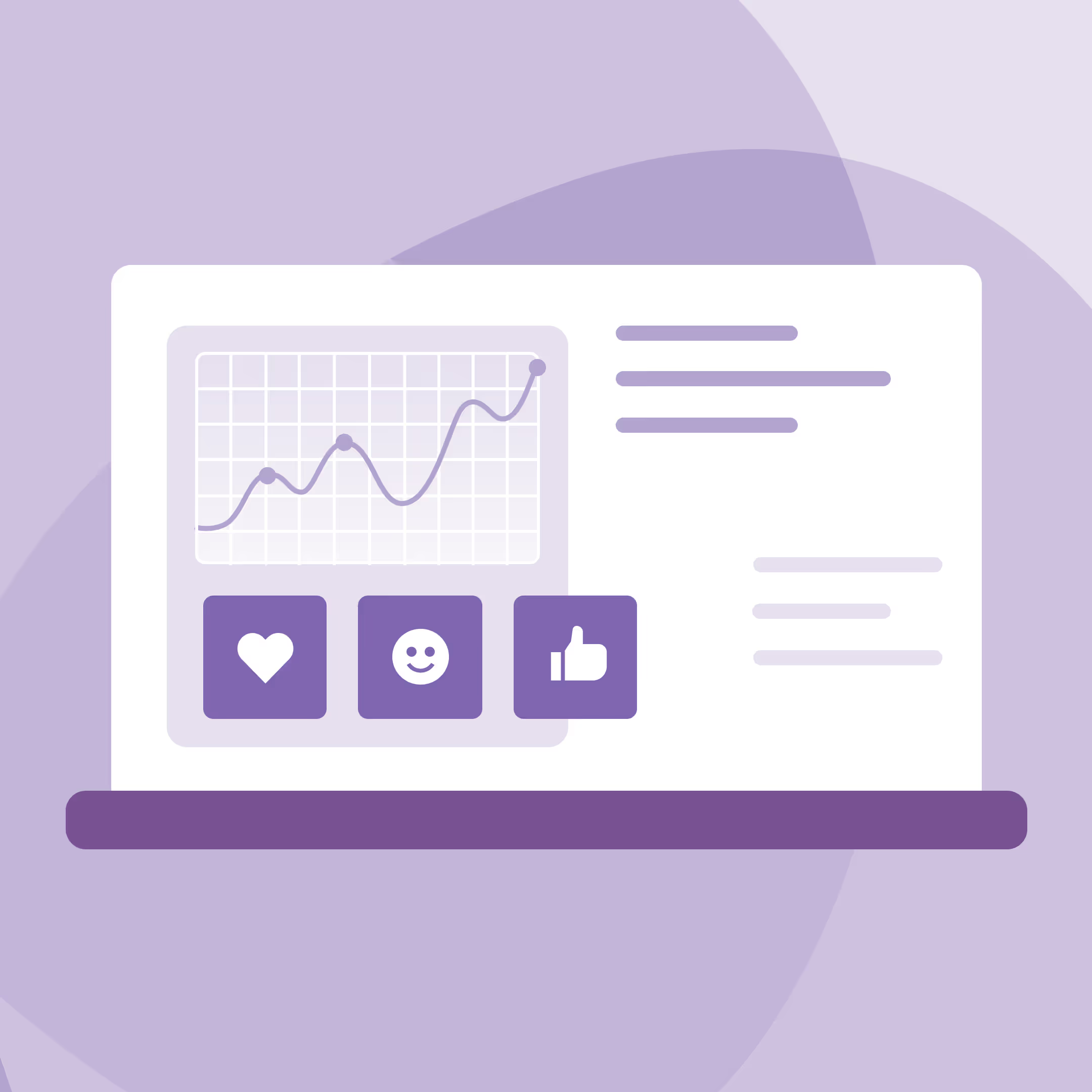Clarity From
Every Comment
Turn fragmented customer feedback into clear, data-backed actions that drive growth, build loyalty and deliver strategic wins. All in one intelligent platform.
.svg)


The customer insights platform trusted by the leading global brands

















Meet Asa
Asa is your AI-powered teammate built to turn customer insights into confident decisions. Analyze customer feedback, connect patterns and highlight where to focus so your team moves faster from insight to action, and action to impact.
Because your team doesn't need another chatbot. They need clarity, speed and results that move the business forward.
Asa is your feedback intelligence engine that delivers clarity, speed, and action.



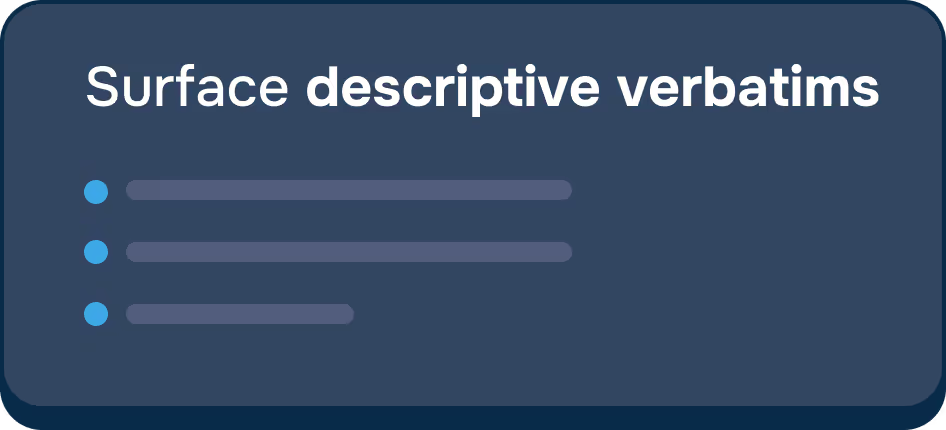

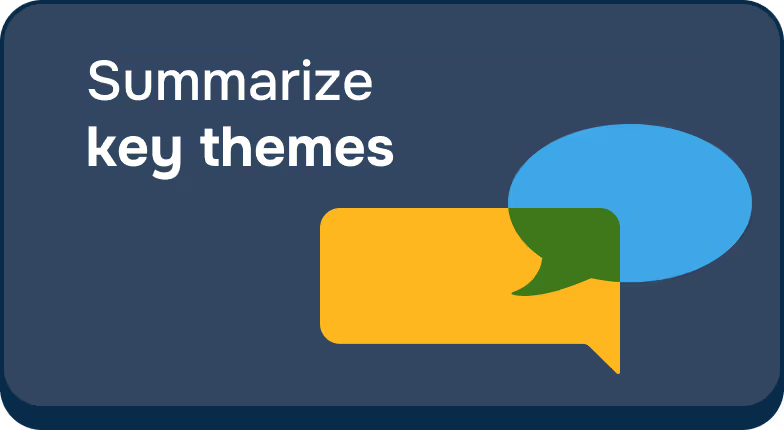
One Customer Platform. Decisions Powered by Insights.
Centralize Customer Feedback and Accelerate Confident Action
Eliminate data silos and automate feedback analysis to enable fast, confident decision-making in hours, not days.
Consolidate, categorize, and analyze open-ended feedback from any source
Instantly detect patterns so your team can act, not just analyze
Generate AI-powered summaries that reveal key themes and what’s driving them so you can respond with purpose
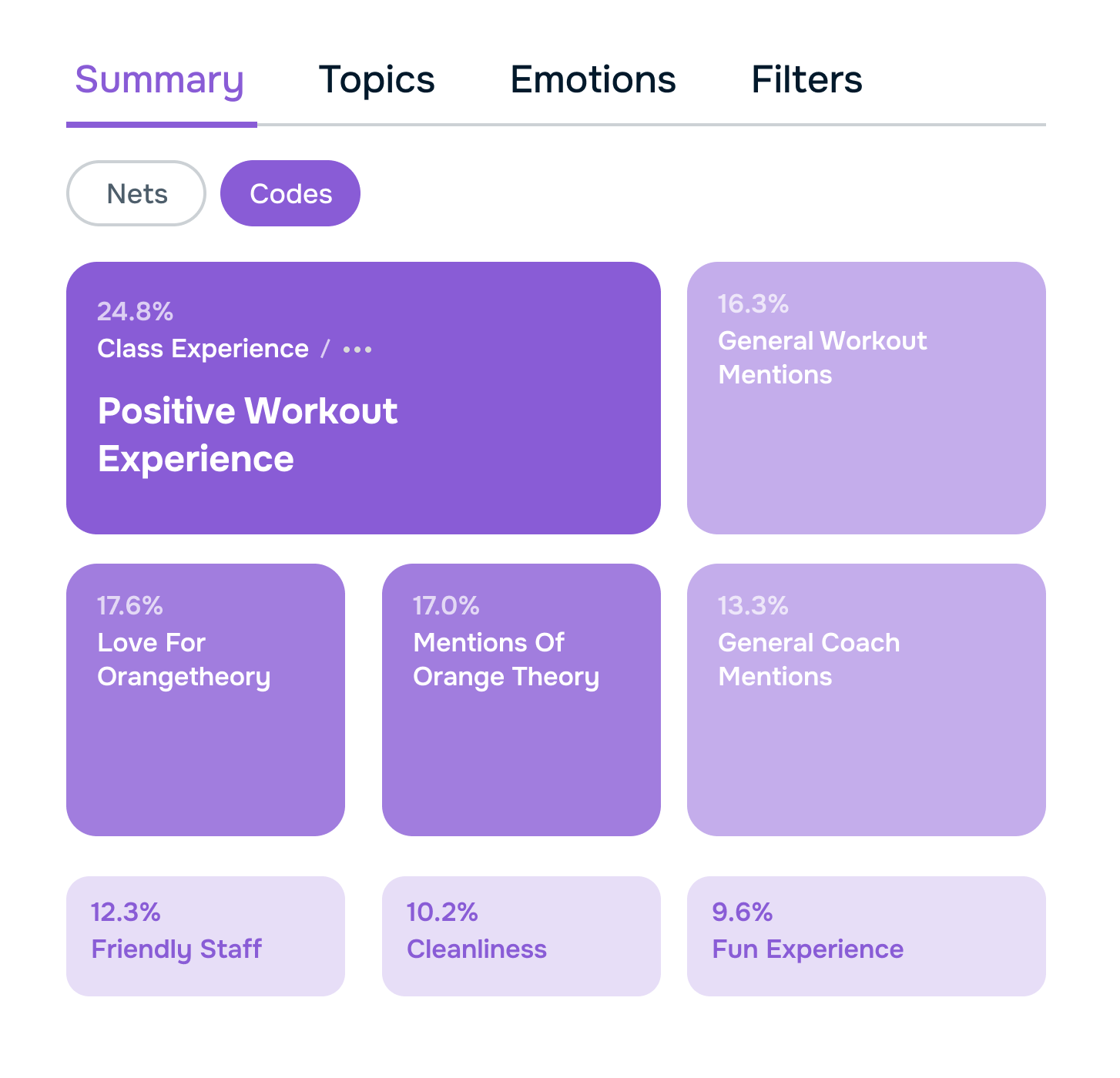
Move From Insight to Impact Faster
Stay ahead of risks, opportunities and shifting priorities with real-time insight that allows you to act with clarity.
Track emerging themes and shifts across surveys, reviews, and social channels
Monitor feedback for early indicators of churn and surface the themes behind customer drop-off
Prioritize product and customer experience improvements based on data-backed decisions, not guesswork
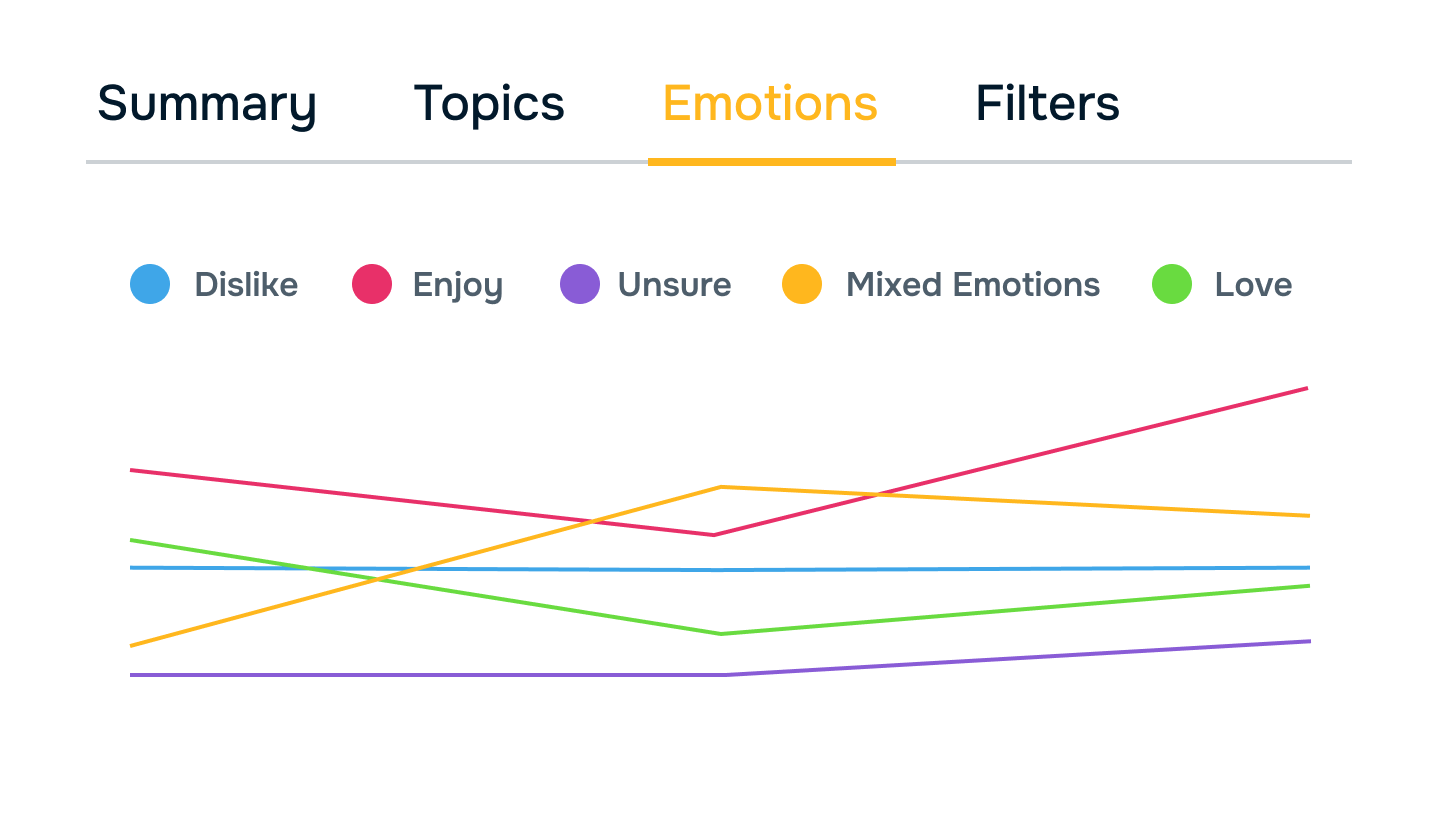
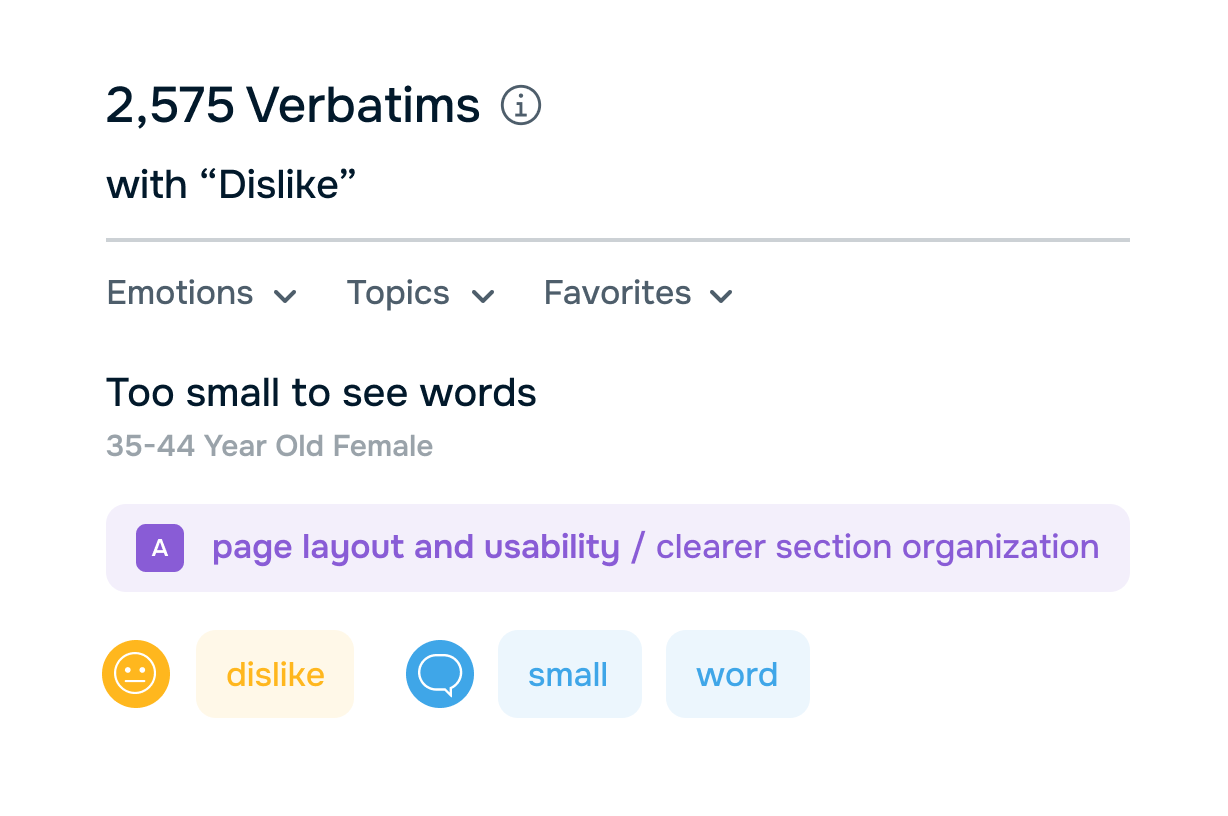
Connect Customer Feedback to Business Performance
Tie voice-of-customer insights directly to metrics that matter, including retention and revenue.
Link the ‘why’ behind NPS and CSAT changes to strategic next steps
Quantify the impact of product, service, and customer experience changes over time
Empower teams to make smarter, faster decisions grounded in real customer insight
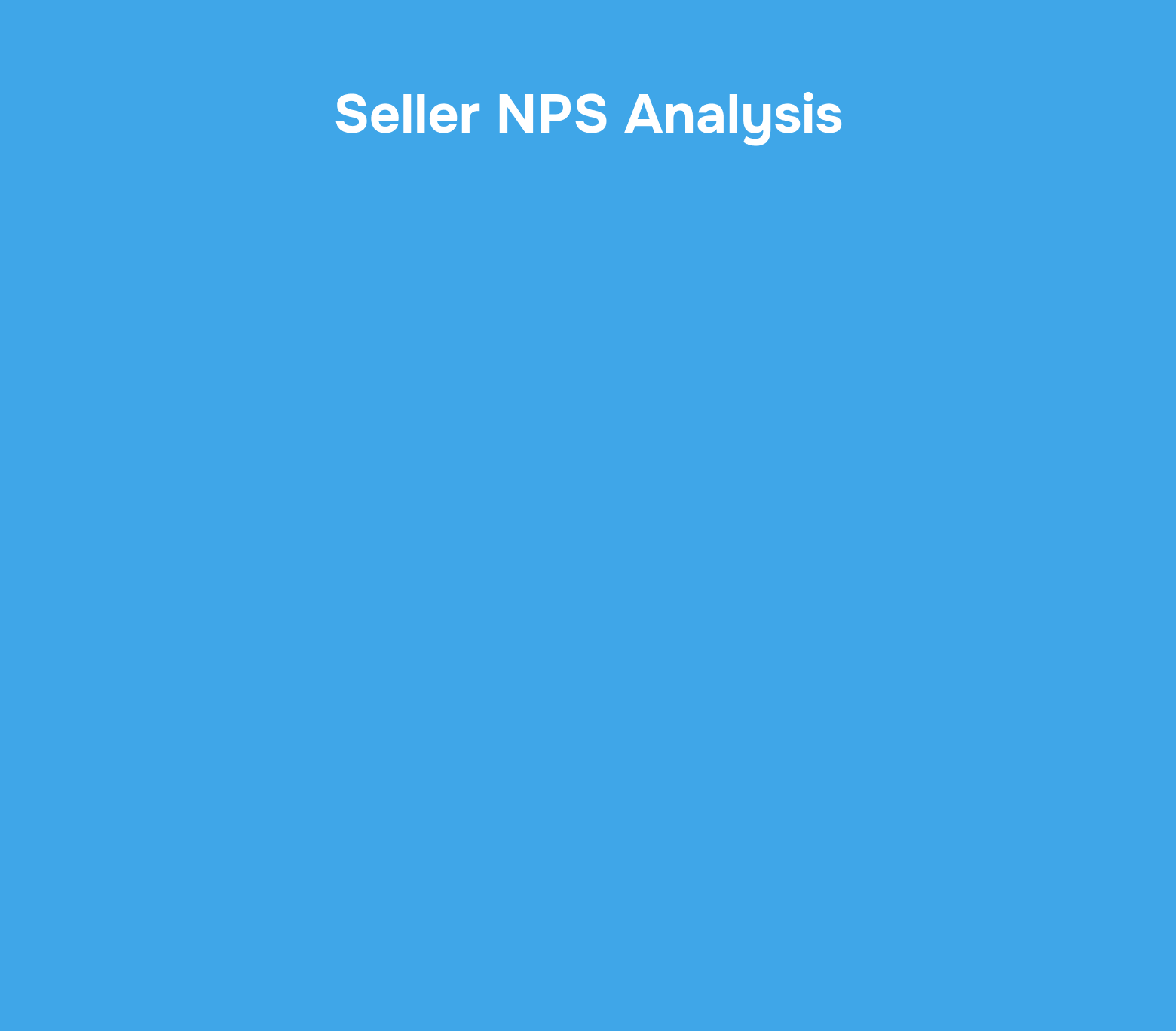
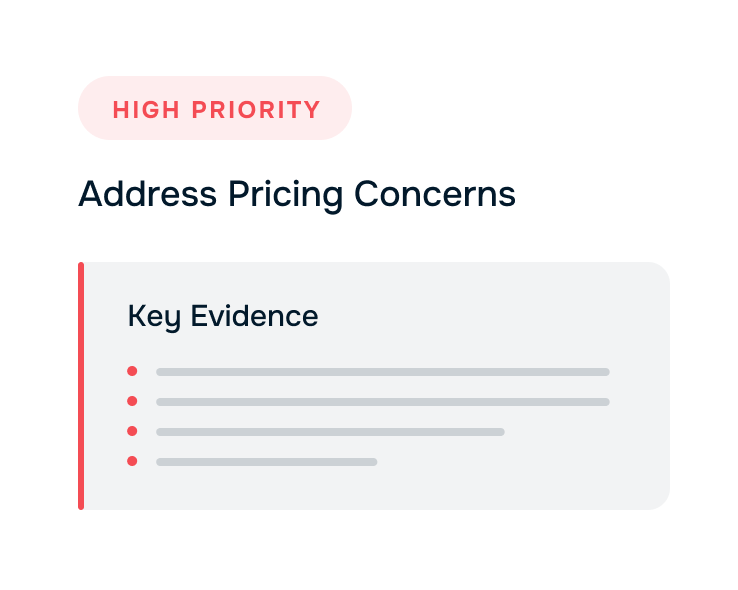
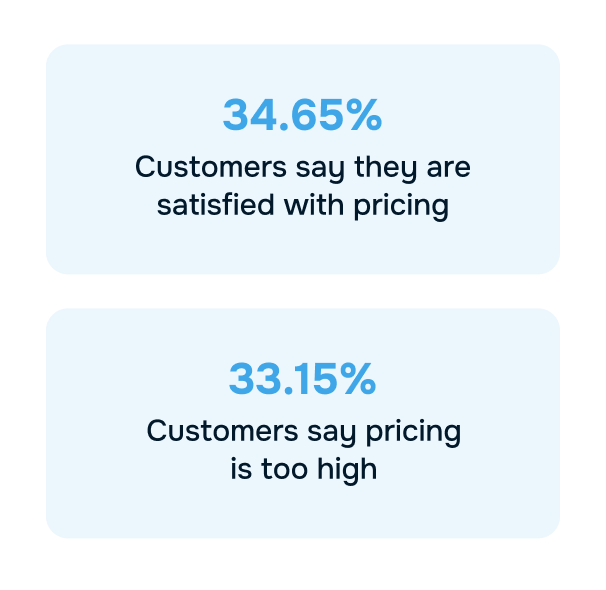
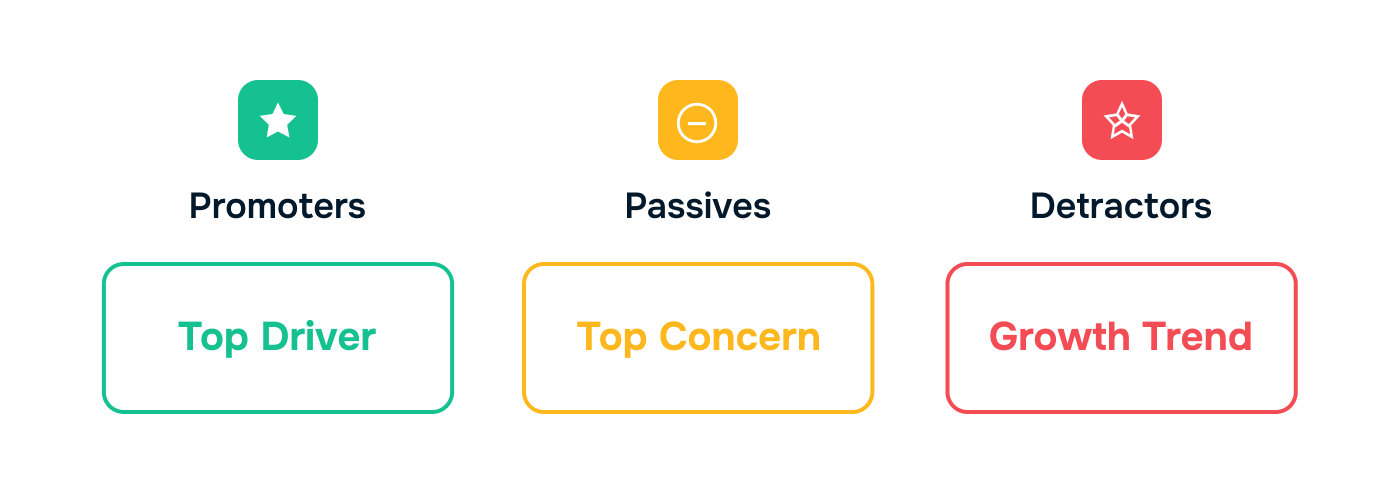
Integrate Seamlessly
Connect all your feedback sources to finally see the full picture of what your customers say.
.svg)
%204.avif)






Backed by Customer Love

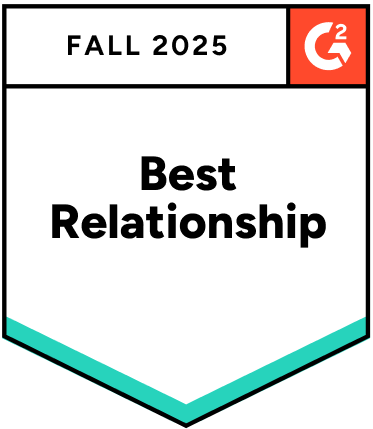
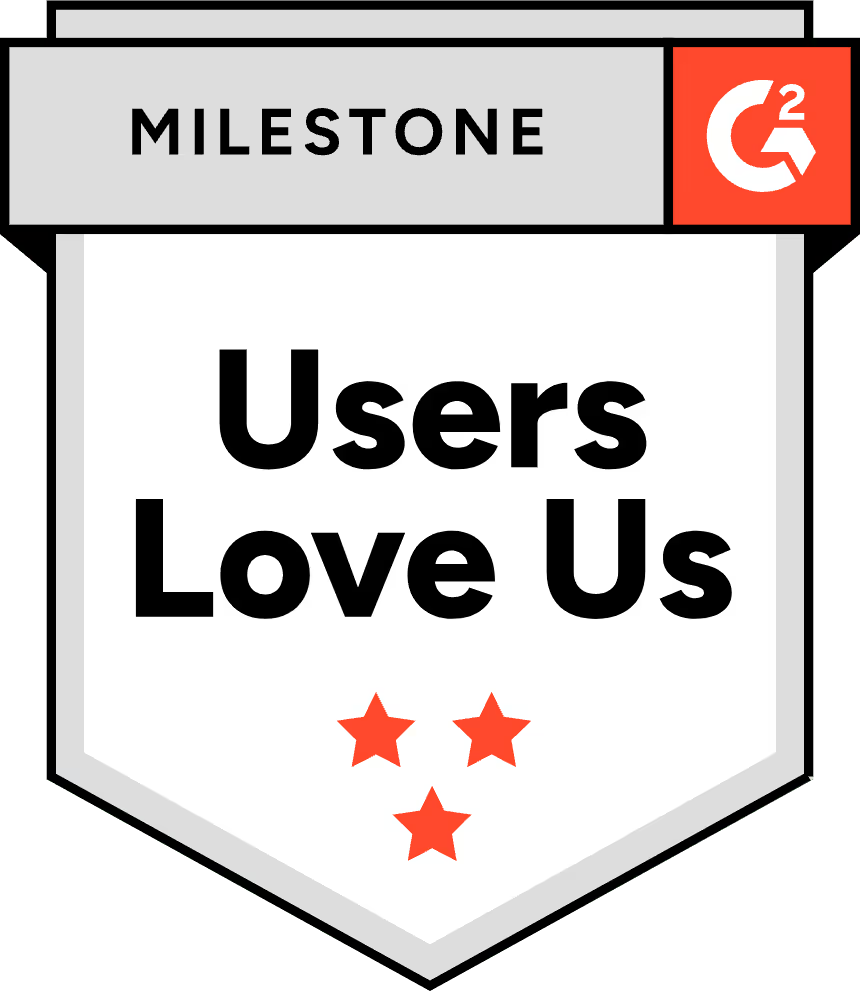
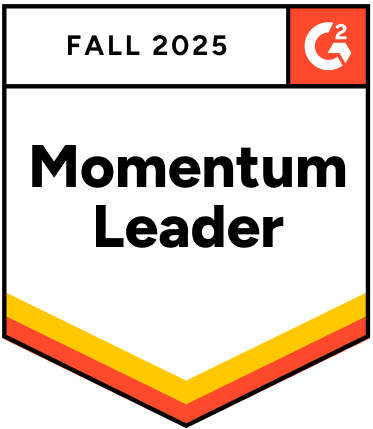
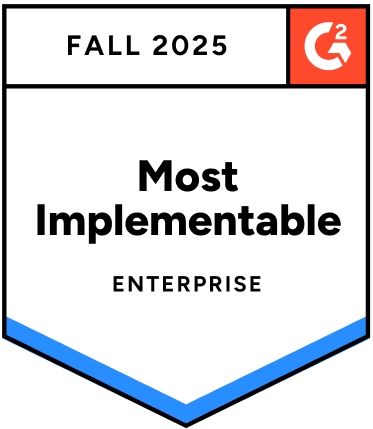


20+ More
Customer testimonials
Real stories from teams turning customer feedback into business impact.
Compliant By Design. Trusted by Enterprises.

Ready to Transform Customer Feedback Into Growth?
Schedule a meeting to see how leading teams are turning customer feedback into confident, data-driven results.
